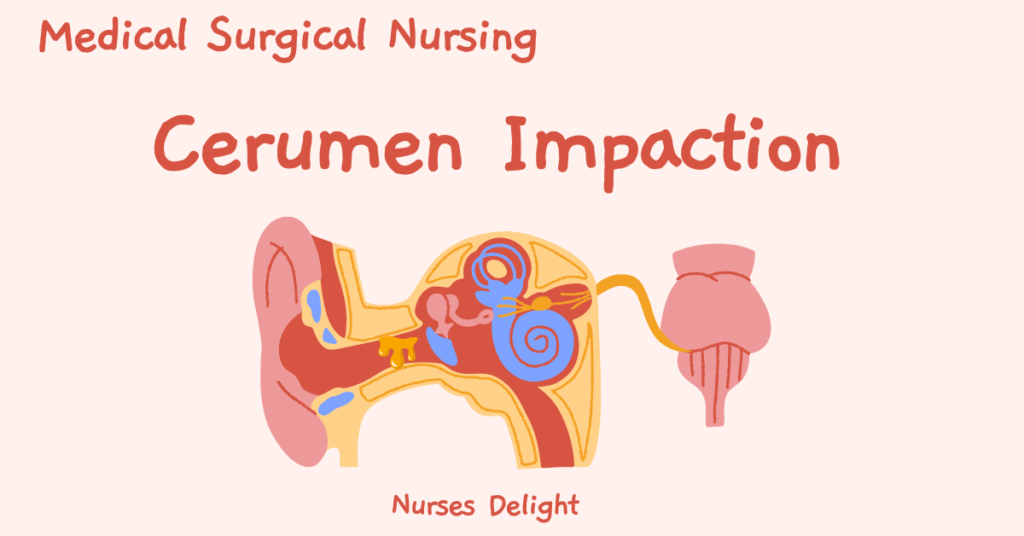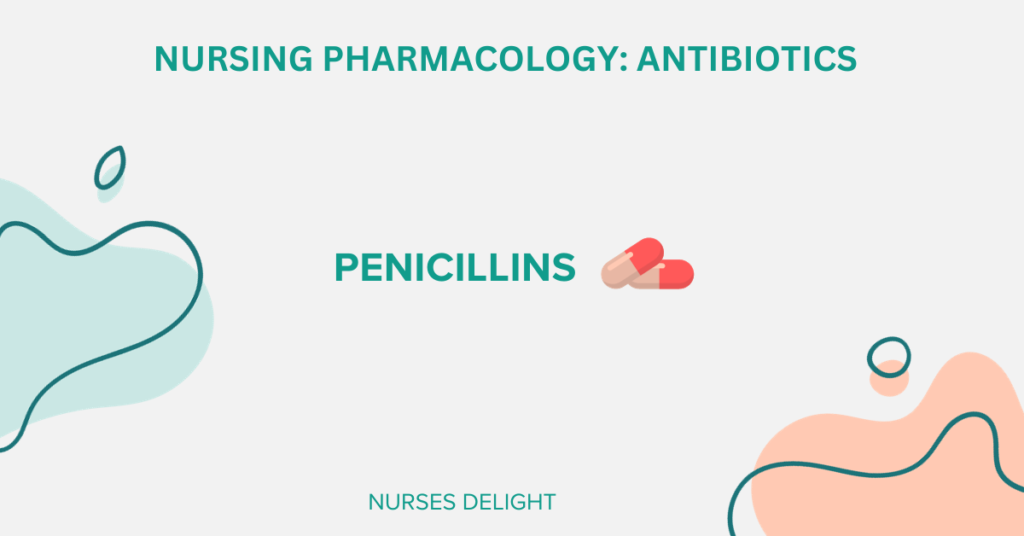Cerumen(earwax) impaction is the excessive accumulation of cerumen in the external ear canal.
Ear wax protect the ear from dirt and infections and often does not need to be manually removed. However, in cases of cerumen impaction, removal is necessary.
Causes of Cerumen Impaction
Causes of cerumen impaction include;
- External Otitis
- Skin diseases like eczema
- Narrow ear canal resulting from injury, inflammation or birth
- Osteoma or exostoses
- Autoimmune diseases like systemic lupus
- Inserting foreign objects in the ear, example, hearing aids
Pathophysiology
Ear wax are produced by special apocrine glands called ceruminous glands along the external auditory (ear) canal and sebaceous glands to protect the ear from infections, water, injuries and foreign materials.
Over time, the produced cerumen moves from the inner part of the auditory canal towards the pinna (ear lobe). The movement is also aided by the action of the jaws.
Any blockage of this movement will cause the cerumen to accumulate in excess and result in a condition called cerumen impaction.
Clinical Manifestations
- Pain in the ears
- Hearing loss
- Sense of ear fullness
- Dizziness
- Itchiness
Management
Cerumen can be removed by cerumenolytics, irrigation, or instrumentation.
Cerumenolytics: They are used two or three times a day depending on the type. They are either water based (saline water, hydrogen peroxide 3%, acetic acid) or oil based (almond and mineral oil). Other like carbamide peroxide and choline salicylate fall into neither category.
Irrigation: Unless patient has perforated eardrum or otitis externa, and cerumen is loosely packed, gentle irrigation with warm water usually helps remove impacted cerumen. Ice water causes vomiting and should not be used.
Instrumentation: Instruments like cerumen curette, aural suction and a binocular microscope for magnification are used to remove cerumen when irrigation has failed.
Nursing Management
- Explain the irrigation and instrumentation procedures to the patient to allay anxiety.
- Apply gentle pressure during irrigation as forceful irrigation can cause perforation of the tympanic membrane
- Do not use ice water during irrigation as it can induce vomiting.
- Educate the patients on proper ear hygiene especially those using hearing aids.
- Tell the patient to void practices that can injure the ear such as ear candling and probing the ear with foreign objects such as cotton tipped swabs and pen tops.
- Advise the patient to seek early treatment on ear infections and to report any dermatological conditions like eczema and seborrheic dermatitis as they can worsen the condition.



